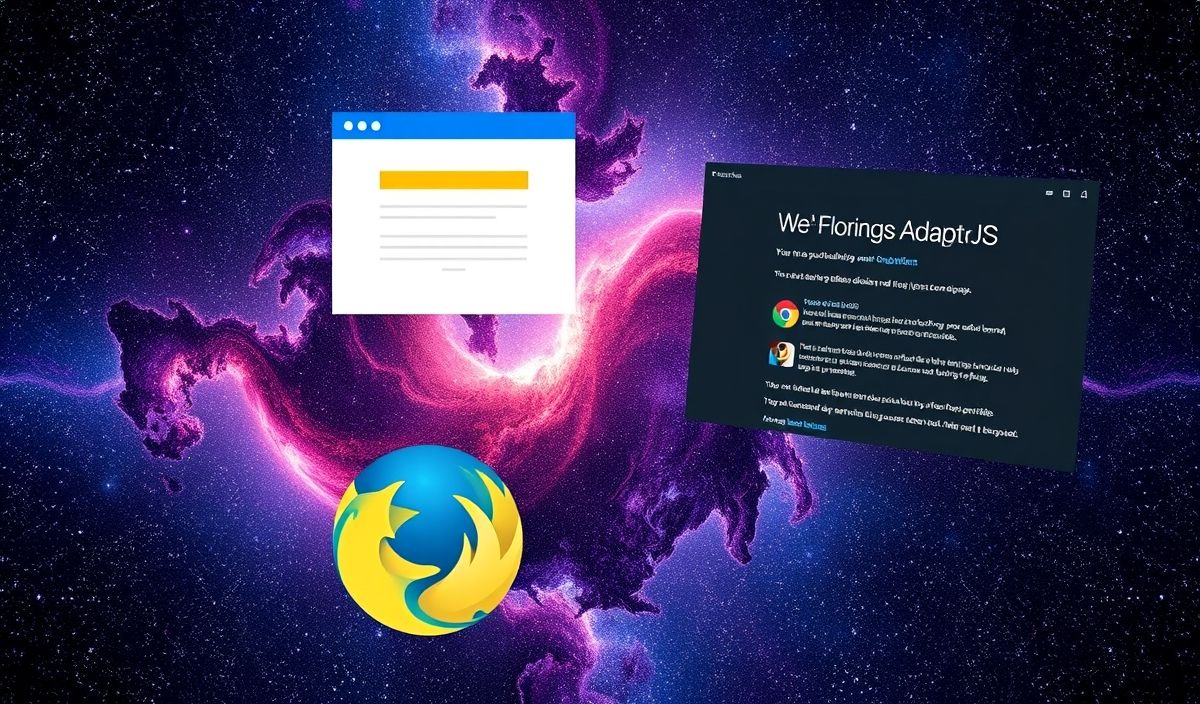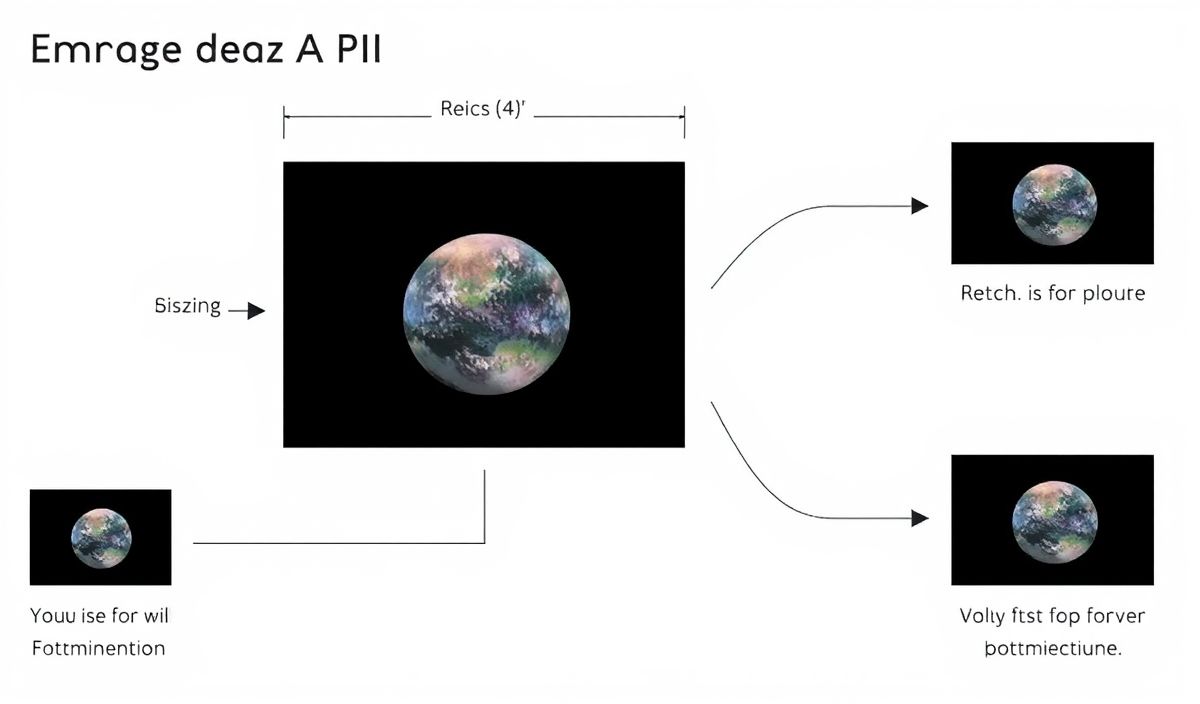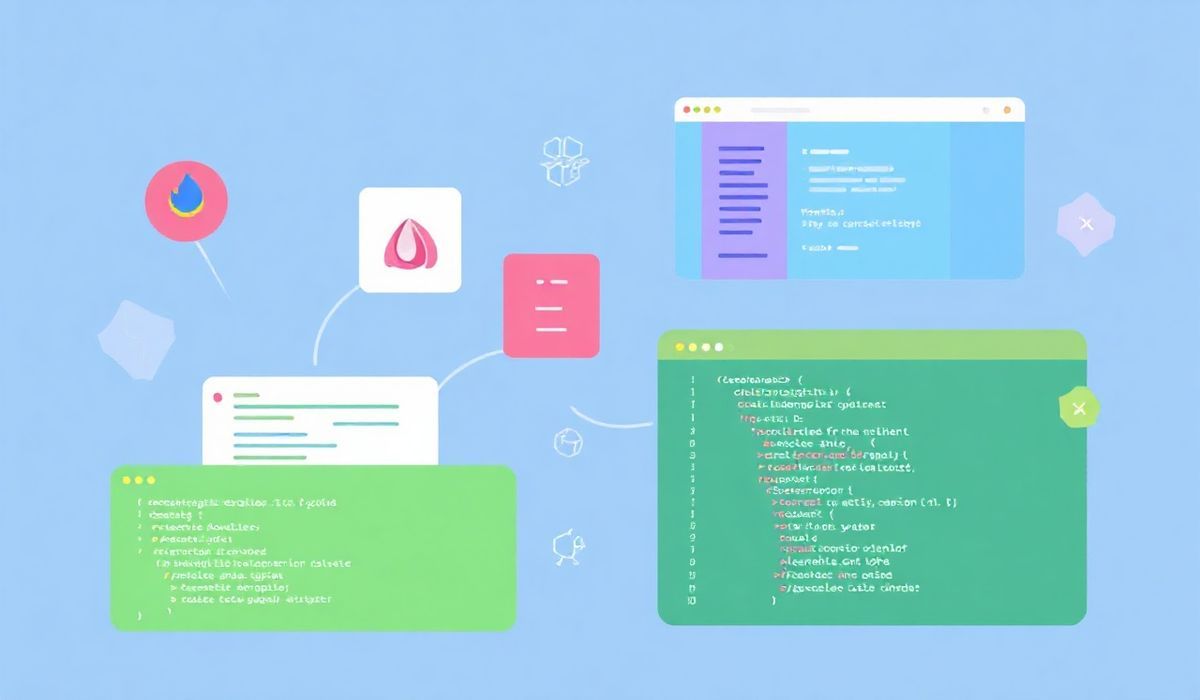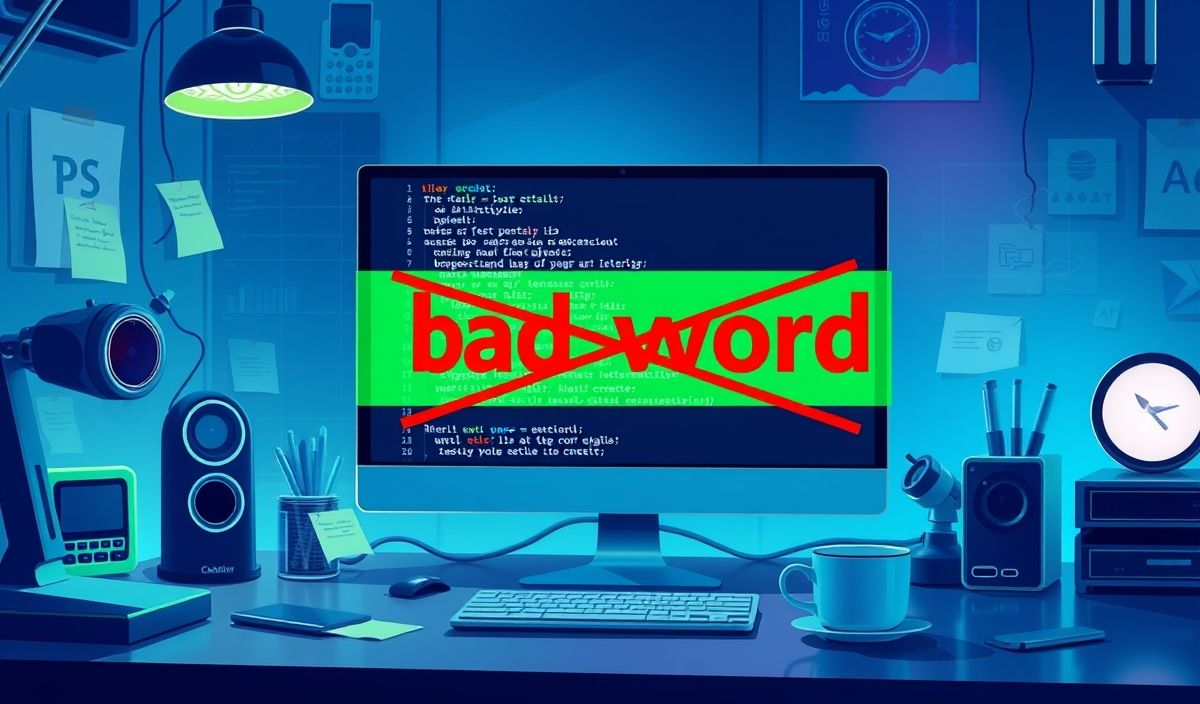AdapterJS: Introduction and Comprehensive API Guide
AdapterJS is a powerful JavaScript library that serves as a bridge to ensure WebRTC (Web Real-Time Communication) compatibility across different browsers. Designed to smooth out the quirks and discrepancies between WebRTC implementations in various browsers, AdapterJS is essential for developers who strive to build seamless real-time applications.
Key APIs of AdapterJS:
getUserMedia
The navigator.mediaDevices.getUserMedia method is used to request access to the user’s camera and microphone. AdapterJS helps in managing the differences in implementation among browsers.
navigator.mediaDevices.getUserMedia({ video: true, audio: true })
.then(function(stream) {
const video = document.querySelector('video');
video.srcObject = stream;
})
.catch(function(err) {
console.error('Error accessing media devices.', err);
});
RTCPeerConnection
The RTCPeerConnection interface represents a connection between the local device and a remote peer. It handles the negotiation and management of the connection and streams.
const configuration = { 'iceServers': [{ 'urls': 'stun:stun.example.com' }] };
const peerConnection = new RTCPeerConnection(configuration);
peerConnection.onicecandidate = function(event) {
if (event.candidate) {
// Send the candidate to the remote peer.
}
};
peerConnection.ontrack = function(event) {
const remoteVideo = document.querySelector('video#remote');
remoteVideo.srcObject = event.streams[0];
};
createOffer and createAnswer
The createOffer and createAnswer methods are used during the signaling process to establish a WebRTC connection.
peerConnection.createOffer()
.then(function(offer) {
return peerConnection.setLocalDescription(offer);
})
.then(function() {
// Send the offer to the remote peer via signaling server.
})
.catch(function(error) {
console.error('Error creating an offer.', error);
});
peerConnection.createAnswer()
.then(function(answer) {
return peerConnection.setLocalDescription(answer);
})
.then(function() {
// Send the answer to the remote peer via signaling server.
})
.catch(function(error) {
console.error('Error creating an answer.', error);
});
addIceCandidate
The addIceCandidate method is used to add an ICE candidate received from the remote peer during the signaling process.
const candidate = new RTCIceCandidate(remoteCandidate);
peerConnection.addIceCandidate(candidate)
.then(function() {
console.log('ICE candidate added successfully.');
})
.catch(function(error) {
console.error('Error adding ICE candidate.', error);
});
Example Application Using AdapterJS APIs
Let’s put everything together in a comprehensive example of a video chat application using AdapterJS.
// HTML Structure
<!DOCTYPE html>
<html>
<head>
<title>Video Chat Application</title>
</head>
<body>
<video id="localVideo" autoplay muted></video>
<video id="remoteVideo" autoplay></video>
<script src="path/to/adapterjs.js"></script>
<script>
const localVideo = document.getElementById('localVideo');
const remoteVideo = document.getElementById('remoteVideo');
const configuration = { 'iceServers': [{ 'urls': 'stun:stun.example.com' }] };
let localStream;
let peerConnection;
function start() {
navigator.mediaDevices.getUserMedia({ video: true, audio: true })
.then(function(stream) {
localStream = stream;
localVideo.srcObject = stream;
peerConnection = new RTCPeerConnection(configuration);
stream.getTracks().forEach(track => peerConnection.addTrack(track, stream));
peerConnection.onicecandidate = function(event) {
if (event.candidate) {
// Send the candidate to the remote peer.
}
};
peerConnection.ontrack = function(event) {
remoteVideo.srcObject = event.streams[0];
};
})
.catch(function(error) {
console.error('Error accessing media devices.', error);
});
}
function createOffer() {
peerConnection.createOffer()
.then(function(offer) {
return peerConnection.setLocalDescription(offer);
})
.then(function() {
// Send the offer to the remote peer via signaling server.
})
.catch(function(error) {
console.error('Error creating an offer.', error);
});
}
function createAnswer() {
peerConnection.createAnswer()
.then(function(answer) {
return peerConnection.setLocalDescription(answer);
})
.then(function() {
// Send the answer to the remote peer via signaling server.
})
.catch(function(error) {
console.error('Error creating an answer.', error);
});
}
function addCandidate(candidate) {
const iceCandidate = new RTCIceCandidate(candidate);
peerConnection.addIceCandidate(iceCandidate)
.then(function() {
console.log('ICE candidate added successfully.');
})
.catch(function(error) {
console.error('Error adding ICE candidate.', error);
});
}
</script>
</body>
</html>
By following this comprehensive guide, you can build robust real-time communication applications using AdapterJS. Its ability to bridge the gap between different browser implementations ensures a smooth and consistent user experience.
Hash: 766142ae45d9b4bf5e189216d048f5b0ad9469e20e0b8ec708d112b14c80801e




